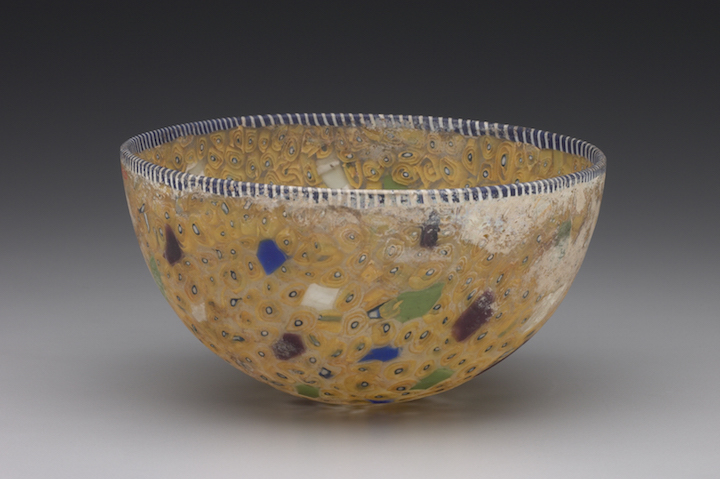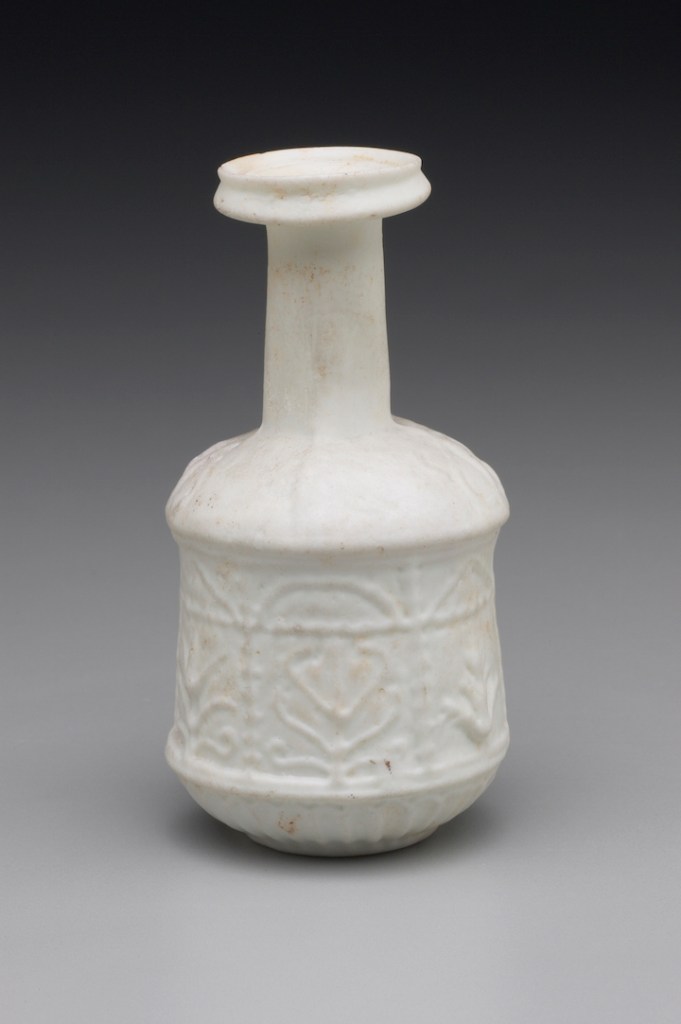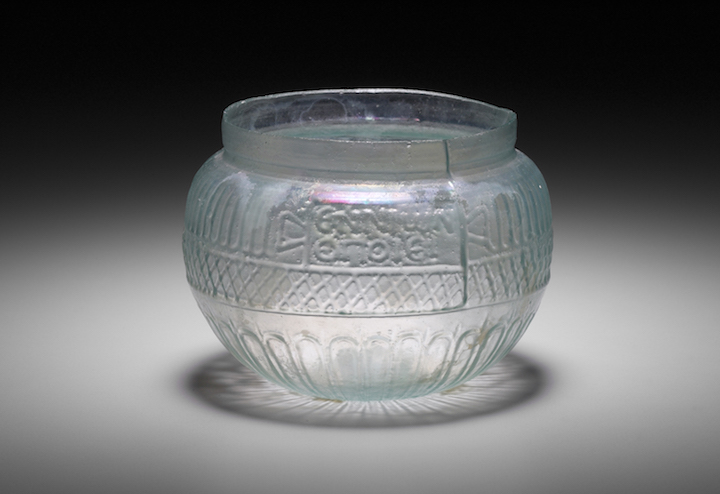Ancient Glass from the Yale University Art Gallery
For more than three millennia, glassmakers in the ancient Mediterranean and Near East produced stunning vessels that employed a variety of manufacturing techniques and decorative schemes, combining beauty with virtuosic craftsmanship. Glassmaking underwent significant development in New Kingdom Egypt, and gained widespread popularity in the Roman and Byzantine Empires – evolving through a long process of cross-cultural circulation and the innovations of individual workshops. This exhibition traces the technical evolution of ancient glassmaking and tells the story of how ancient glass was used, and by whom. The exhibition features approximately 130 vessels and fragments from the gallery’s comprehensive collection of ancient glass, many of which have never before been on view. Find out more about the ‘Drink That You May Live’ exhibition from the Yale University Art Gallery’s website.
Preview the exhibition below | See Apollo’s Picks of the Week here

Hellenistic or Roman bowl (late 2nd century B.C.–early 1st century A.D.), Eastern Mediterranean

Roman bottle (c. 1st century A.D.), Eastern Mediterranean, possibly Syrian

Roman jar with sixteen handles (4th–5th century A.D.), Eastern Mediterranean

Roman honeycomb beaker (4th century A.D.), Eastern Mediterranean or Western Empire

Roman bowl (mid-1st century A.D.), Eastern Mediterranean, possibly Syrian, signed by Ennion










![Masterpiece [Re]discovery 2022. Photo: Ben Fisher Photography, courtesy of Masterpiece London](http://www.apollo-magazine.com/wp-content/uploads/2022/07/MPL2022_4263.jpg)
Has the Fitzwilliam got its rehang right?